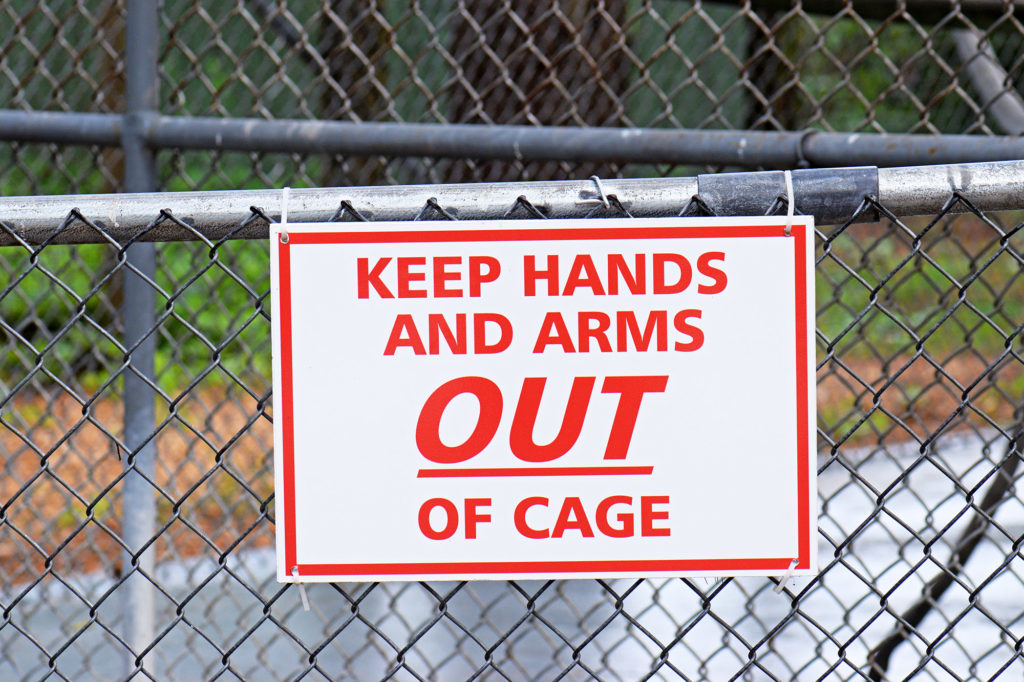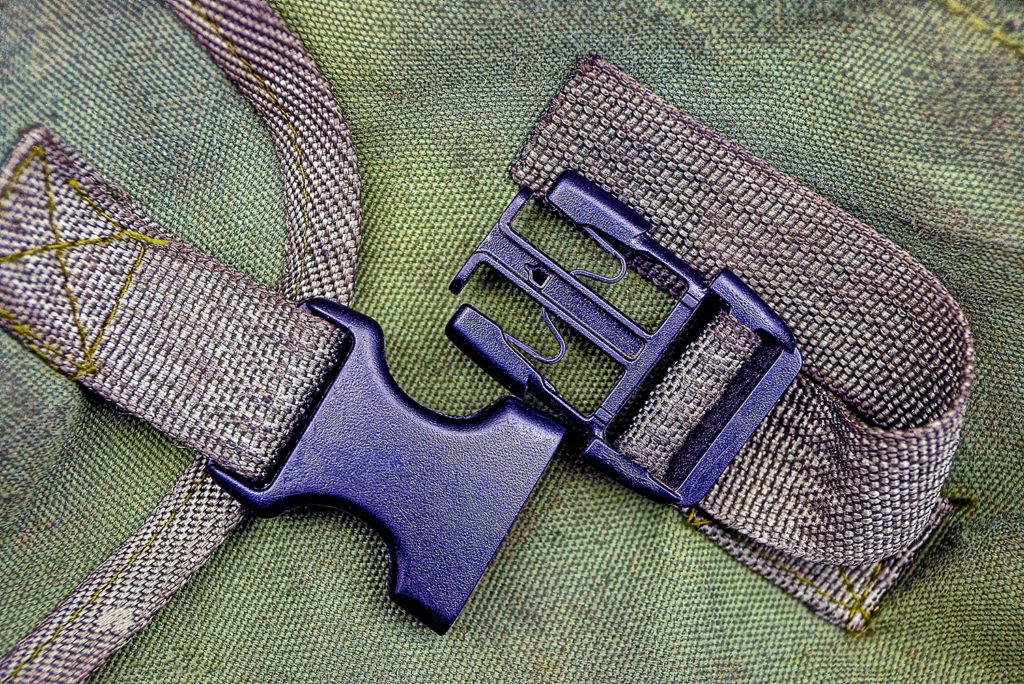Guide 2B Field Work
Products
Quiz and Journal Pages
Review Guide 2B Contents
This Guide does not have a quiz
Journal Assignment #7 is due Friday
Introduced in the Safety section of this guide:
Journal Page #7: Safety Checklist
For this assignment you will be submitting a personalized safety checklist. This checklist will include safety protocols for the laboratory and field. You can group the procedures under different headings like “lab safety” or “outdoor safety.” You can modify the list provided below.

This is Lesley’s checklist. Some of the things are personal based on past experiences.
You can adopt any procedures/ideas that seem appropriate for your use. You are designing a checklist for your own locations, situations, and personal behaviors.
Your safety checklist can have headers, or a different organization. Whatever makes it most effective for use.
- Avoid potentially hazardous situations, even if it means missing a photo or video opportunity.
- Consider the safety of other people and animals at all times, especially our cats.
- Clean up work spaces, don’t leave any potentially dangerous materials behind.
- Communicate any safety concerns to Mark or whoever else may be involved.
- Follow safety directions on signs, in activities, and on product labels.
- Carry a safety kit everywhere, all the time.
- Wasp sting? Immediately take benadryl and prednisone. Epipen if necessary.
- Seek medical assistance if at all unsure about treatment.
- Wear gloves when needed; wash hands frequently.
- Wear a mask, especially while working around potential rodent feces.
- Wear protective footwear and clothing, including sun hats and long sleeves.
- Watch loose hair and clothing around animals, chemicals, and flames.
- Wear safety goggles or other protective eyewear when working with chemicals or walking along trails with low-lying branches.
- Take breaks, avoid over-exertion and use cane even if feeling great.
- Avoid “playing” with animals to reduce chance of unintentional injury (to me and/or the animals).
- It should be obvious, but don’t taste or smell without care to reduce hazard.
- Don’t eat or drink around chemicals, animals, or waste products.
- Add new safety procedures when needed.
Journal Assignment #8 is due Friday
Introduced in the Field Kit section of this guide:
Journal Page #8: Field Kit
In this assignment you will be assembling a field kit for laboratory and field work. When complete, upload a photo to Canvas, and you can add information to the comment box provided, if desired.
You do not need to make purchases for this assignment, contact Mark or Carla if you have difficulty selecting an item.

Your field kit should contain:
Safety Gear: could be a smaller safety kit, a list of safety instructions, and/or other safety materials you feel are important.
Weather Gear: could include a hat, sunscreen, heavy clothes, whatever you feel you will need to use in your weather conditions.
Map(s): directions to a nearby location that has wildlife in a habitat. This can be a park, forest, grassland, beach, etc. The map or maps can be on a digital device (arranged in the field kit photo) or printed out.
Data Collection Materials: could include a ruler, watch/timer, camera phone, journal, note pad, pencils, plastic bags, binoculars or whatever else you come up with.
A Creative/Personal Addition: could be a towel (for fans of Hitchhiker’s Guide to the Galaxy), camping gear, a compass, a box for specimen storage, or something innovative for collecting information about animals.
Something to Carry Everything in: could be a backpack, a garbage bag (we’ve used these), a bucket, or whatever you plan to use.


